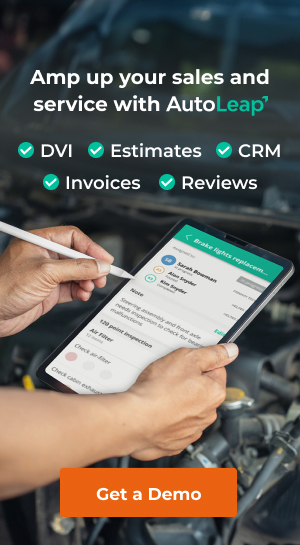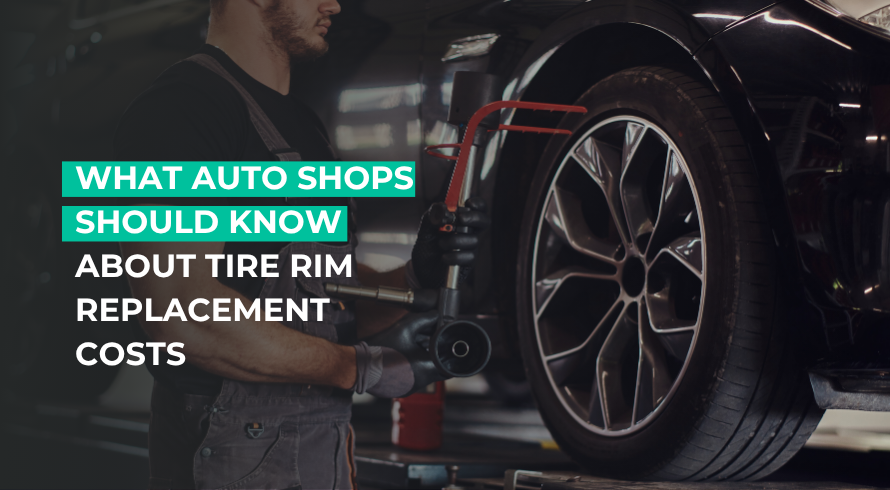Tracking the growth of your auto repair business is crucial for future decision-making. The same is true for tracking the right metrics. Remembering each and every single ratio or metric is a tedious process and isn’t the best way to make use of your time. This is why there are certain Key Performance Indicators (KPIs) that can provide a good picture of the overall performance of the business with only a handful of ratios. As long as you know these ratios, you’ll be able to evaluate the performance of your shop and give accurate information to the latest stakeholders.
There are ways to make this process a lot easier, and using the latest in auto repair software will help you tremendously. With a simple click of a button, you can check KPIs, track trends over time, and make smarter decisions at a faster rate. Let’s discuss some of the major KPIs that you should consider tracking frequently.
5 essential KPIs all business owners should track
Revenue
Knowing your revenue for the current term is the first and foremost metric you should track. Often the money that your shop brings in every year largely determines the size of your business. Even when talking to new investors or business partners, shop revenue will be one of the biggest selling factors you can leverage.
In a recent industry survey report conducted by AutoLeap, we found that 72% of shops generated less than $1 million in revenue in 2021.
Average repair order (ARO)
Your ARO will tell you how much money, on average, you earn on each order. This is a metric that you should look to maximize as much as you can to boost your shop’s performance. If you’re looking to improve this metric, here are a few things to watch out for:
- Revise your labor matrix: Changing up your labor matrix to favor your ARO is an excellent way to ensure you get meaningful work and boost your business’s profitability.
- Focus on value-addition customers: Being selective about the kind of work you take can help you free up time without losing any profits and overworking your techs. This isn’t to say that you should reject all customers that have a small job, but be mindful about which order to prioritize.
- Market your shop: Don’t underestimate the benefits that effective marketing can have for your auto repair shop. An effective marketing strategy can bring in more customers and boost your business to new heights.

According to our industry report, the average repair order size for shops in North America is $500. You can use this figure as a benchmark to evaluate your performance and adjust your strategy accordingly.
Effective labor rate
The effective labor rate tells you the actual revenue you received per hour. You can determine this ratio by dividing the total revenue from labor by the total labor hours billed. If there’s a discrepancy between your matrix and your actual rate, you can address it and identify where improvements are needed.
A higher effective labor rate is a good sign, as it shows that your techs are bringing in more money and driving business. However, a lower labor rate might need some attention—if your techs aren’t driving a lot of business to your shop, then you might need to take a holistic view of your business and ensure all your eggs aren’t in one basket.
Net profit margin
It goes without saying that your shop’s net profit is absolutely one of the most important metrics you should track. This is your bottom line and ultimately what will dictate the future performance of your business.
A huge discrepancy between your revenue and net profit margins definitely warrants your attention. In this scenario, you will want to re-evaluate your current accounting methods to boost your financial standing or even decrease your expenses.
Taking a holistic view of your business finances is a great way to see where you can control expenses or where you can invest more to boost future business. This could come in the form of buying new and better machinery or investing in teaching your techs new skills.
Customer retention
There might not be a great way to quantify customer retention, but it’s still a vital part of making a sustainable business. If you have customers that keep coming back to your shop, then you need to ensure they are cared for and feel prioritized.
A popular marketing tool that helps you prioritize which customers to focus on is the Customer Lifetime Value (CLV). This value takes into account the total amount of money that you’ve earned from one particular customer over the course of your business relationship. There are a few reasons why this is important to track:
- It’s cheaper to retain customers: A big premise for focusing on retention is that it’s cheaper to retain existing customers than it is to attract new customers.
- Existing customers will market your shop: Word of mouth is still preferred by many when looking for recommendations. If you can take care of your customers and promote retention, it’s essentially free marketing for your business.
A customer that has a higher CLV is one that you should give more attention to. That extra attention could come in the form of special discounts and deals, or even an appreciation gift basket every now and then. These small steps go a long way in boosting your relationship with your customers. Happier customers will undoubtedly help you boost your business’s bottom line
Closing thoughts
While this is by no means an exhaustive list of all the important metrics, it does provide a good starting point for some of the most important KPIs to track. If you want more details on how KPIs can benefit your auto repair business, check out our KPI ebook.





